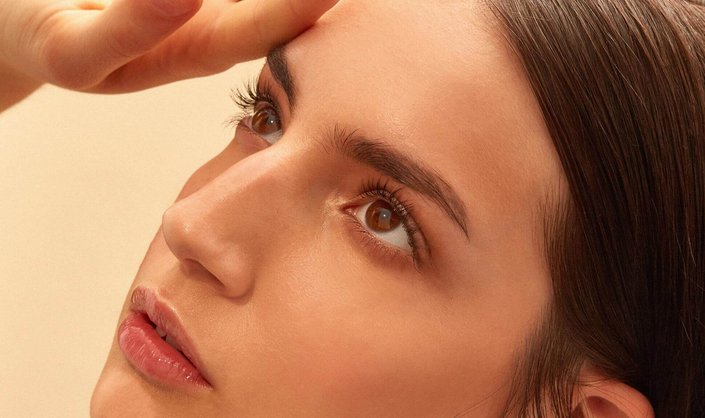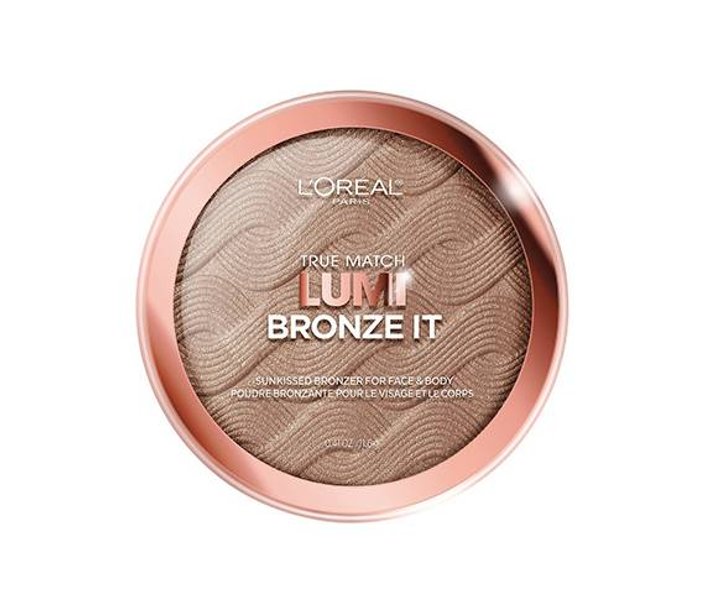Bronzer vs. Contour: What's the Difference?
December 17, 2021

STEP 2: Apply in the Shape of a “3”
Contrary to what you may have heard, bronzer shouldn’t be swept over your entire face. Instead, use the “3” technique to apply bronzer. Dip a big, fluffy brush into a powder bronzer, then apply it in the shape of a three along the side of your face, hitting the sides of your forehead, cheekbones and jawline. This technique offers a more natural-looking finish because those are the areas the sun usually hits.
STEP 3: Don’t Forget Your Neck
Not applying bronzer to your neck can often make it look like your face doesn’t match your body. Before you put away your bronzer, apply it down the sides of your neck and blend well.




























